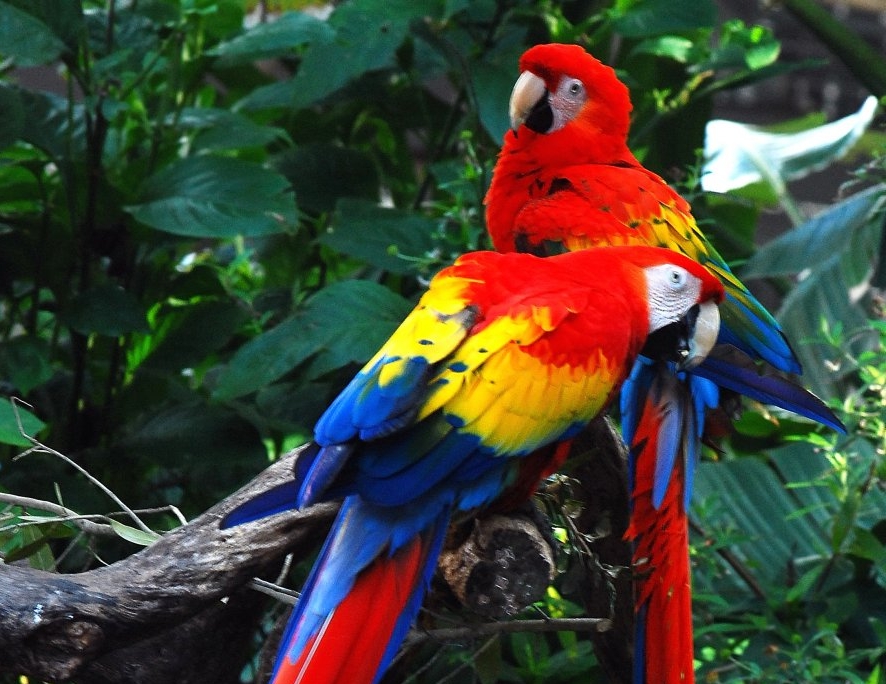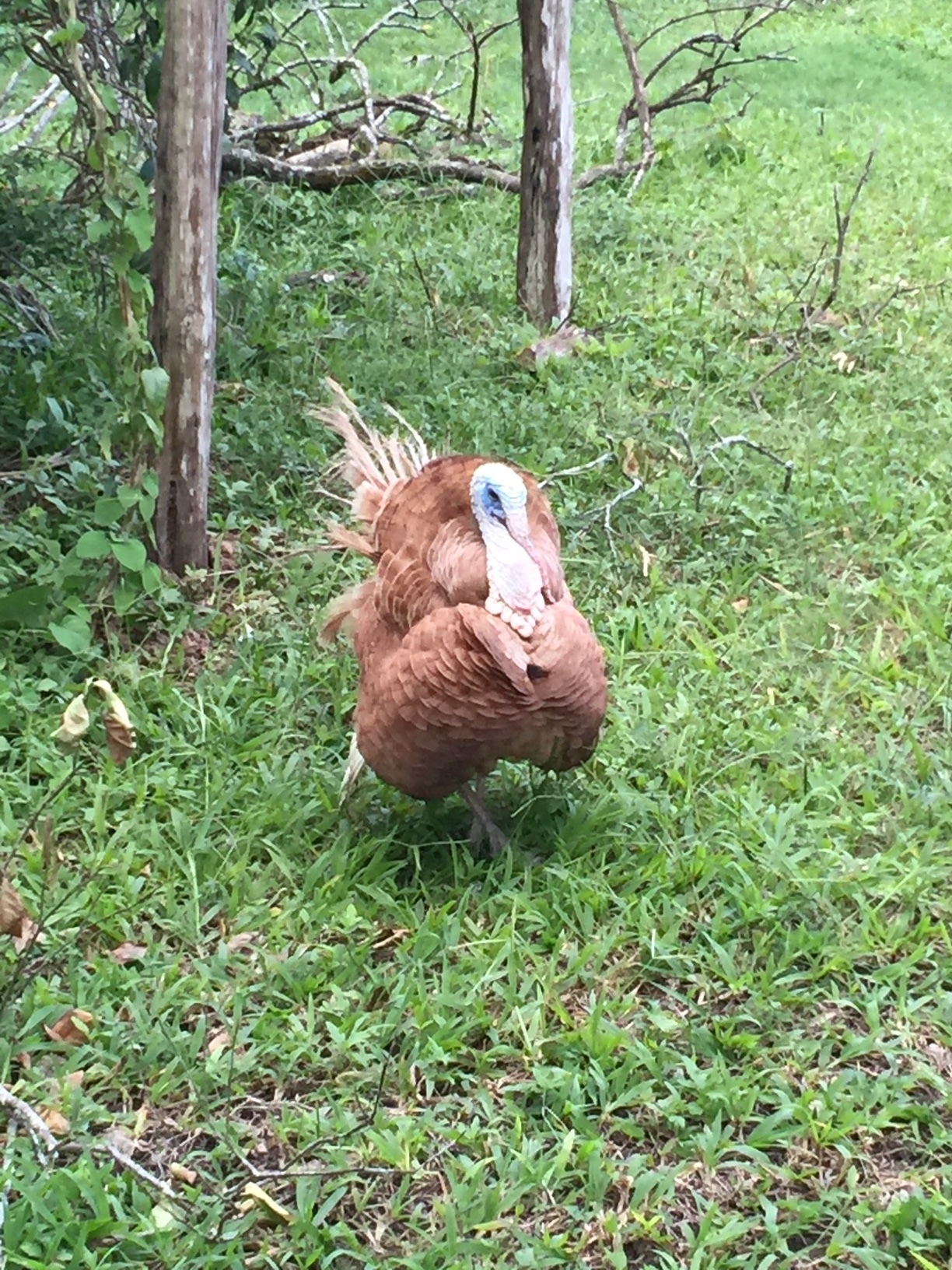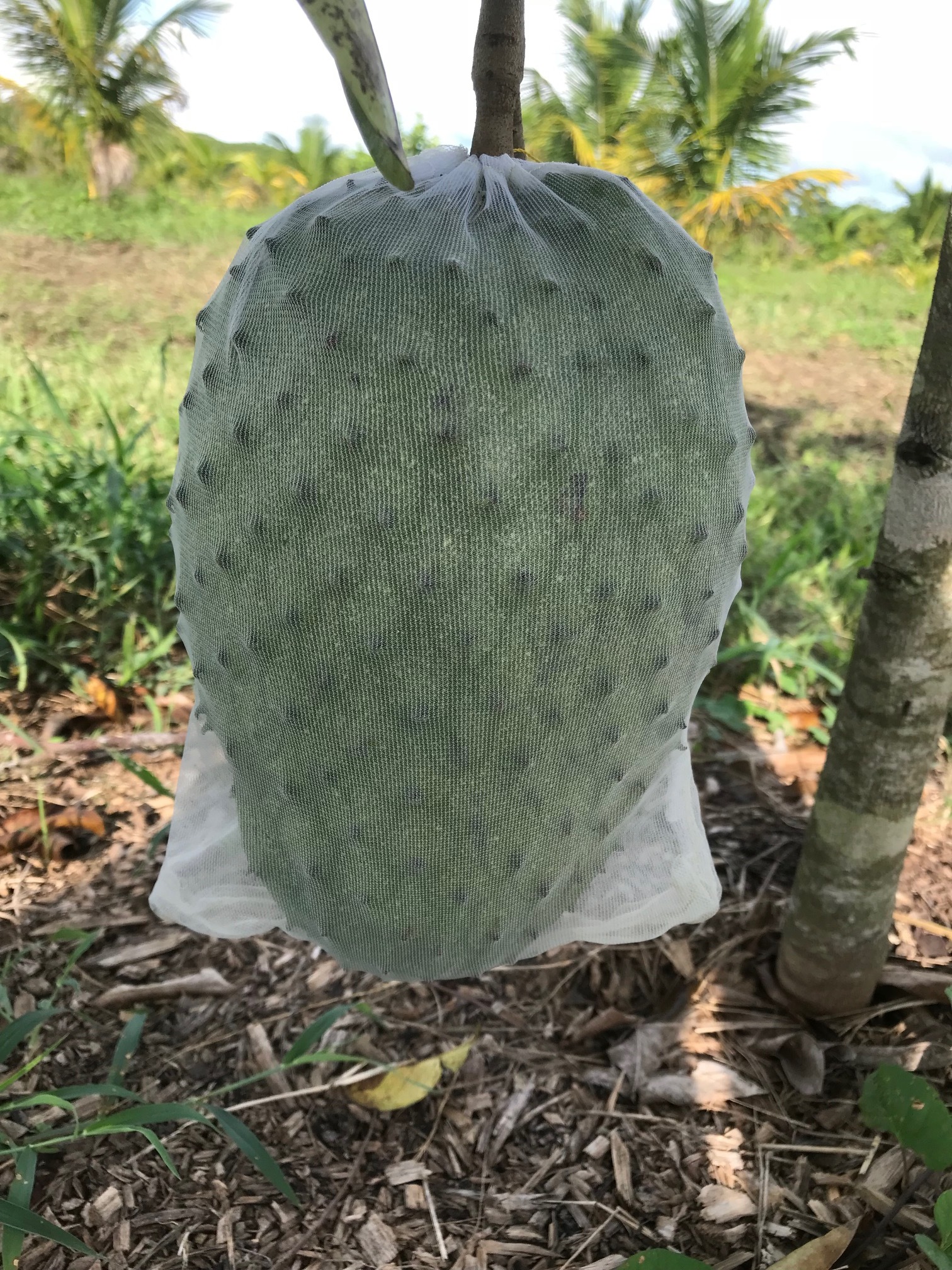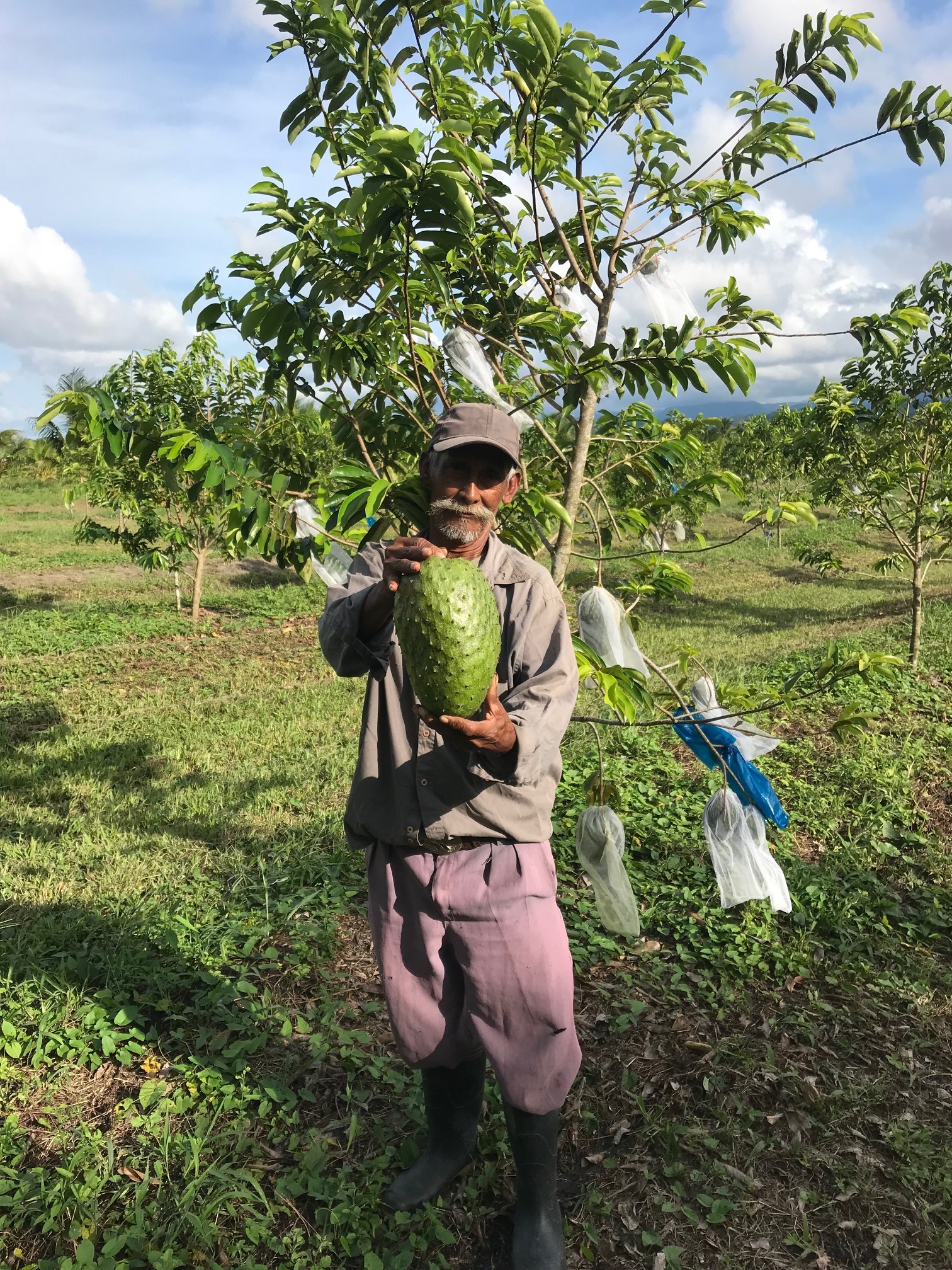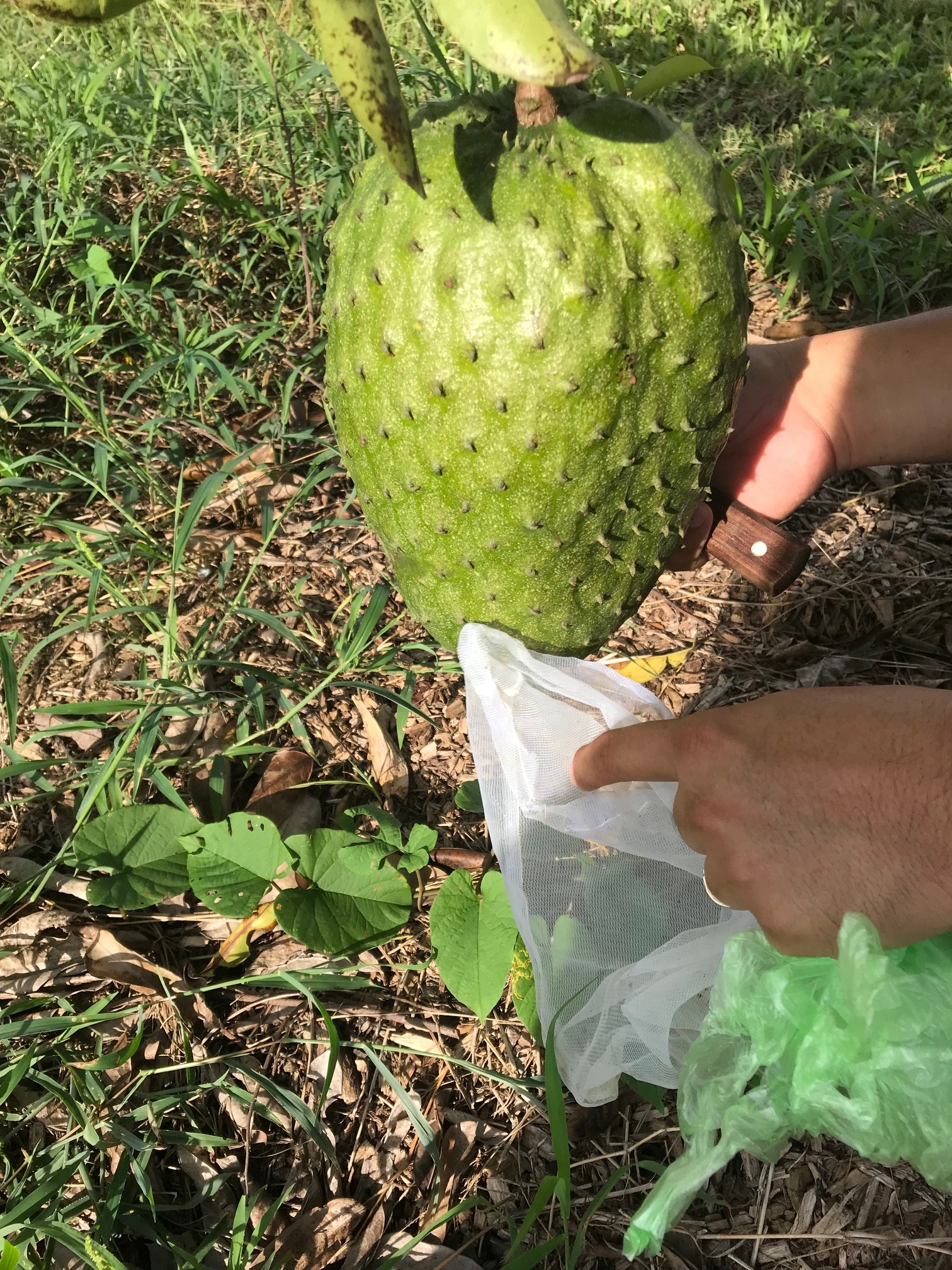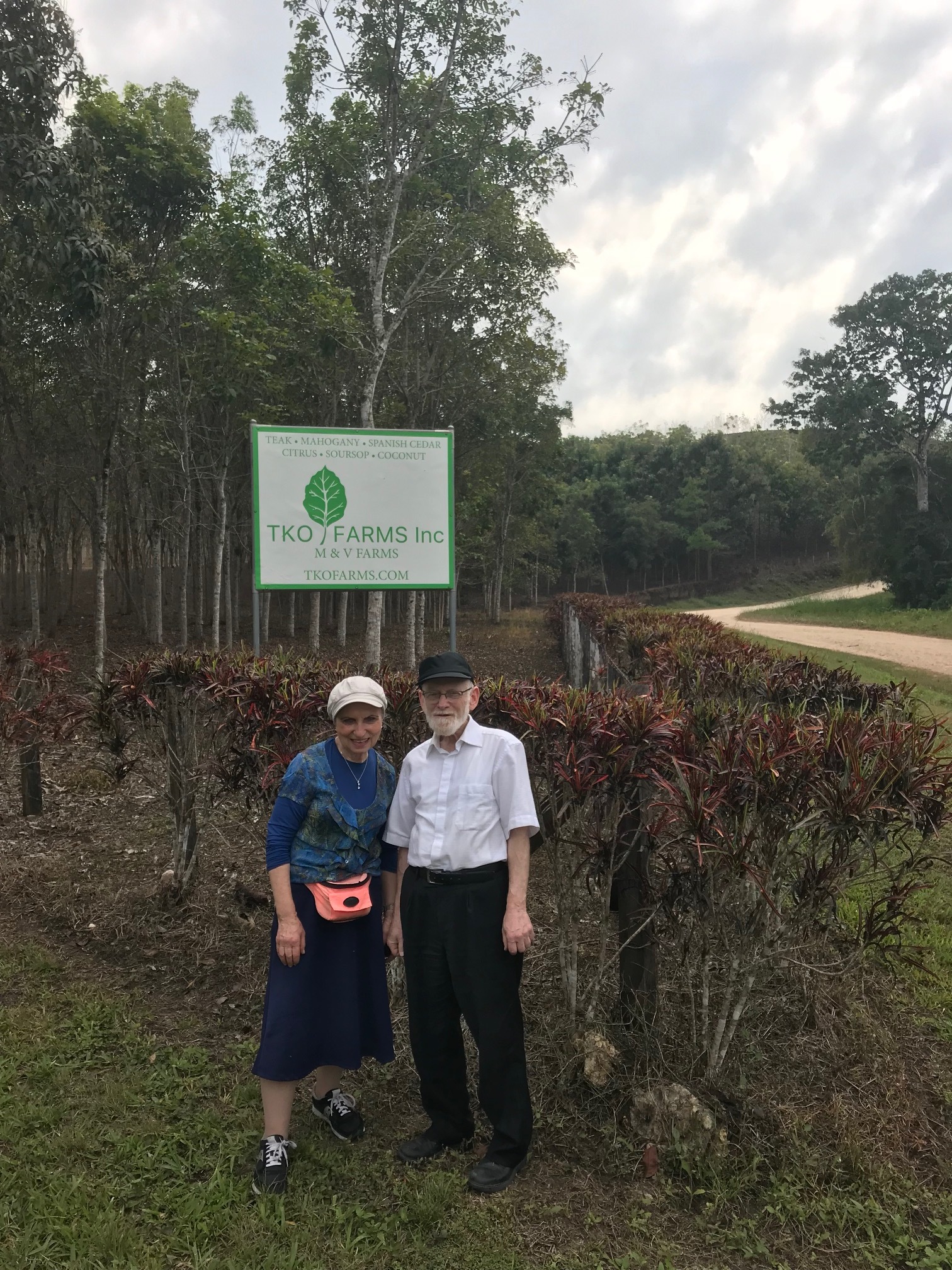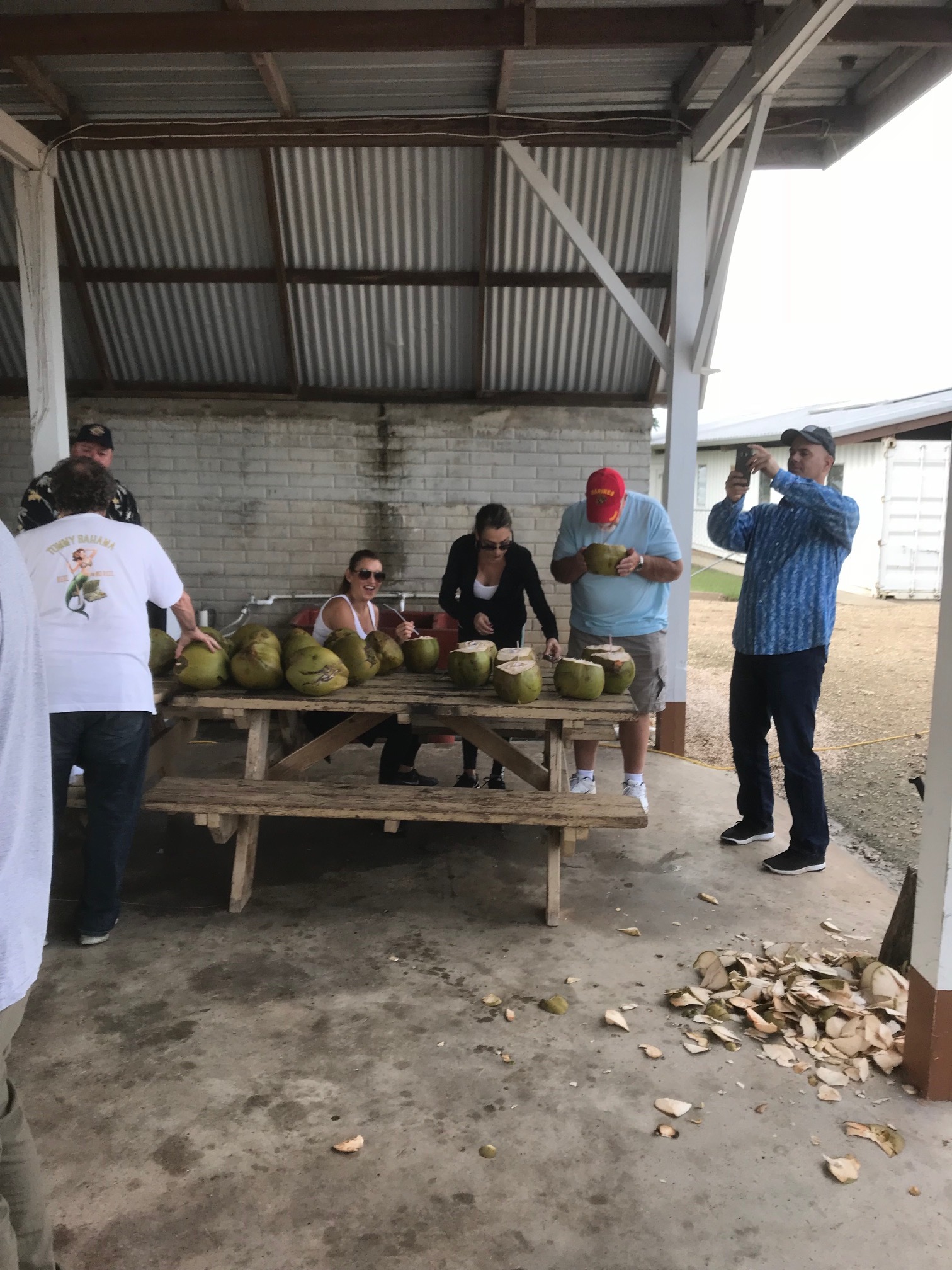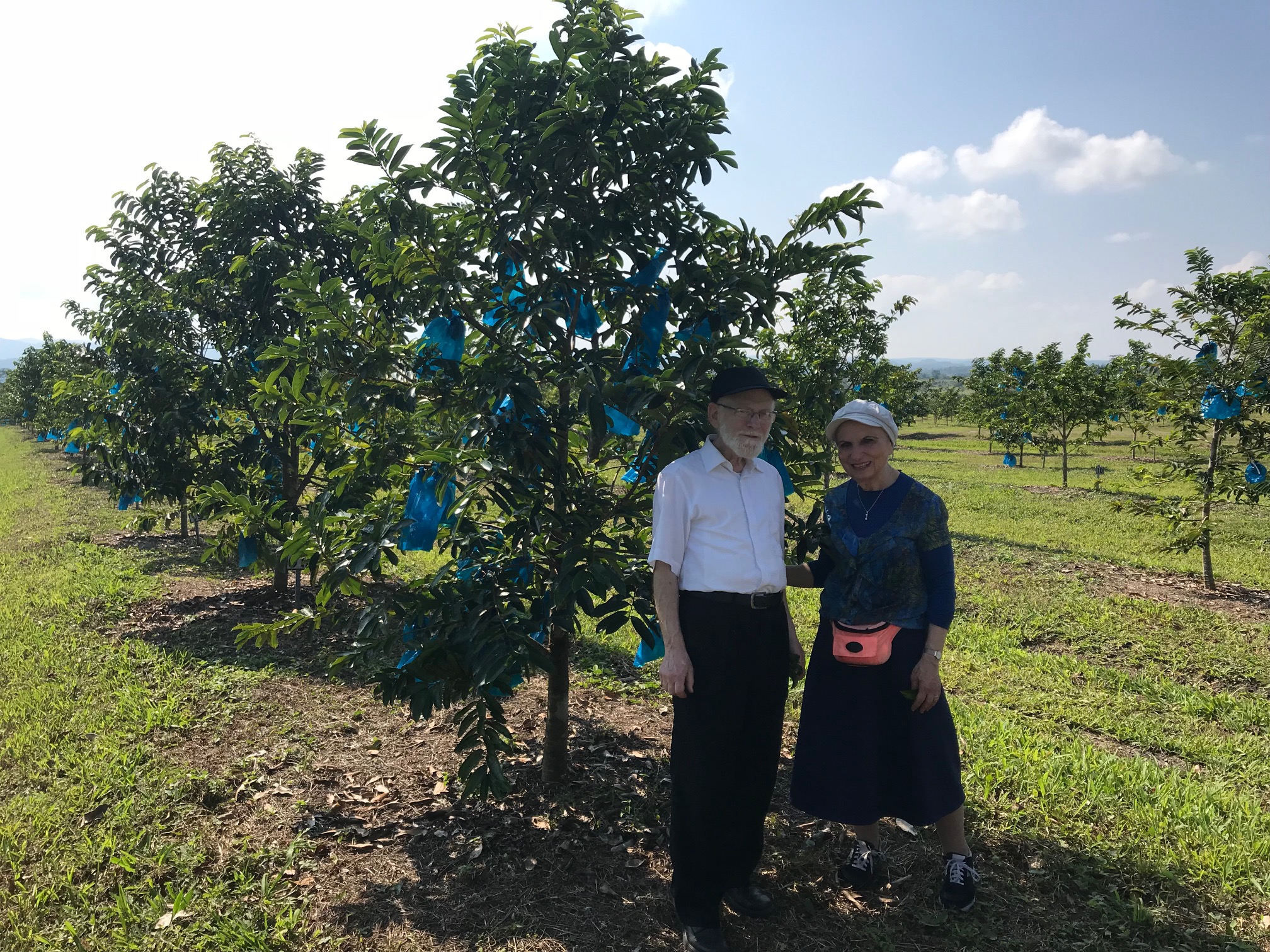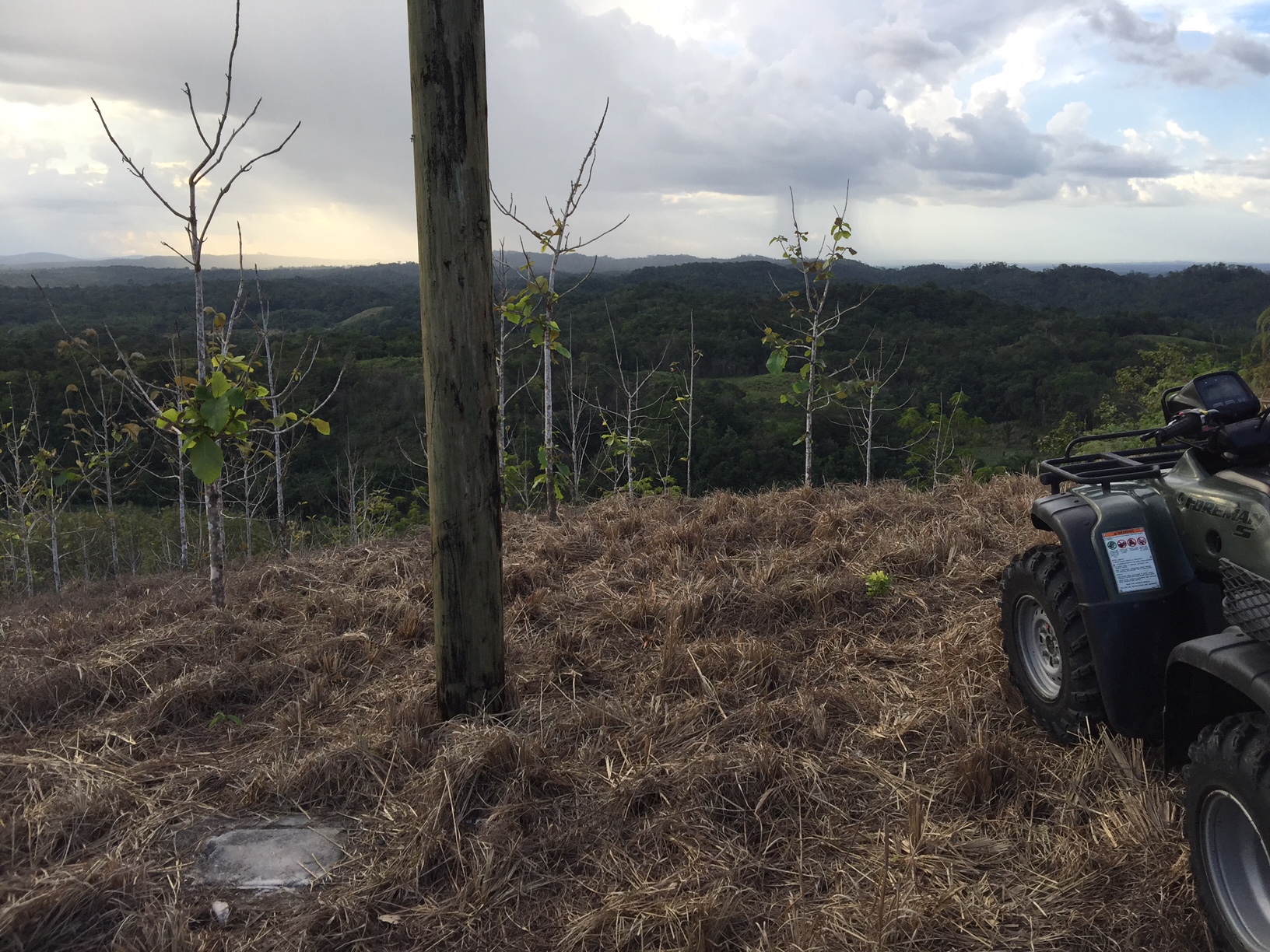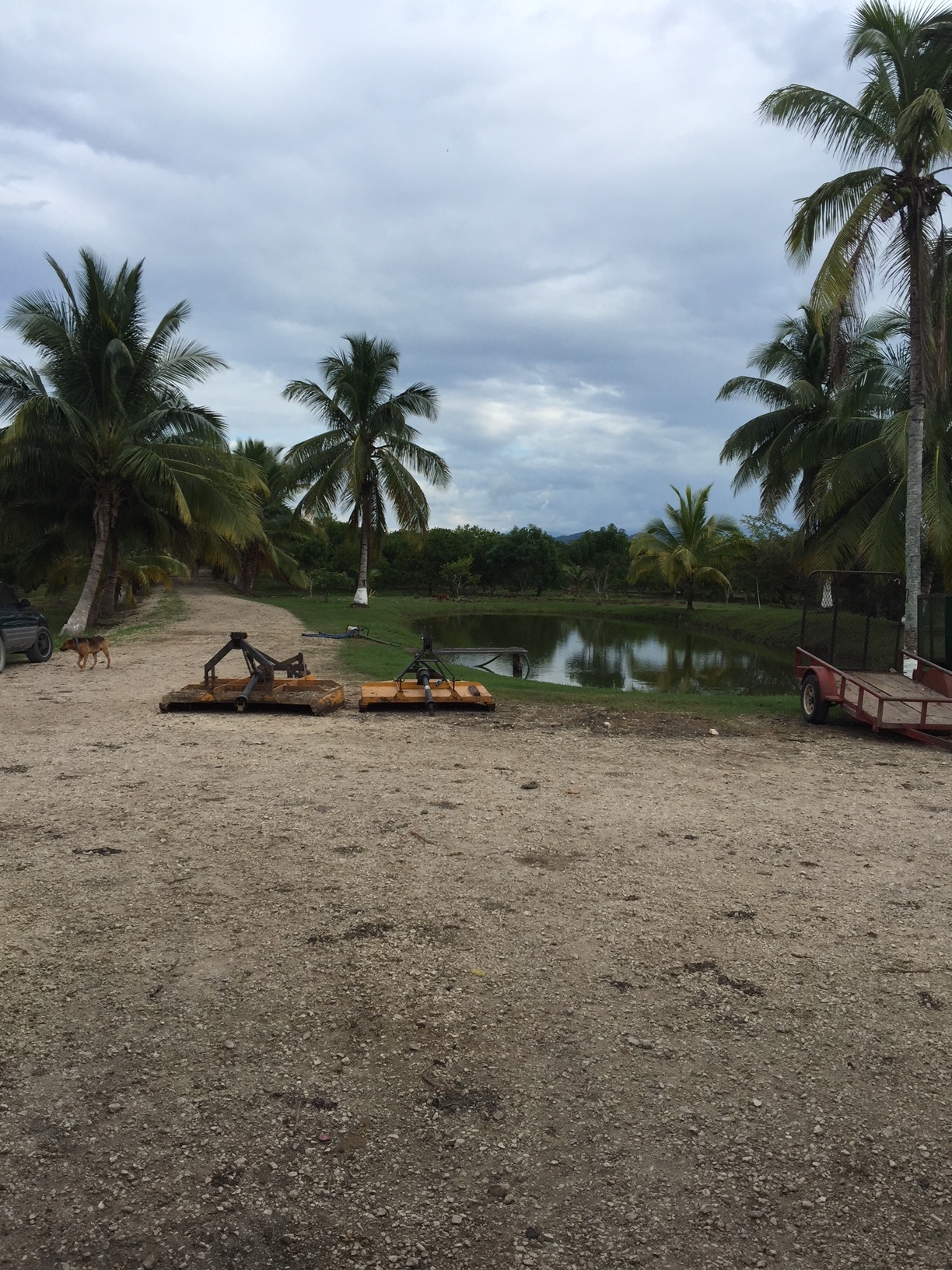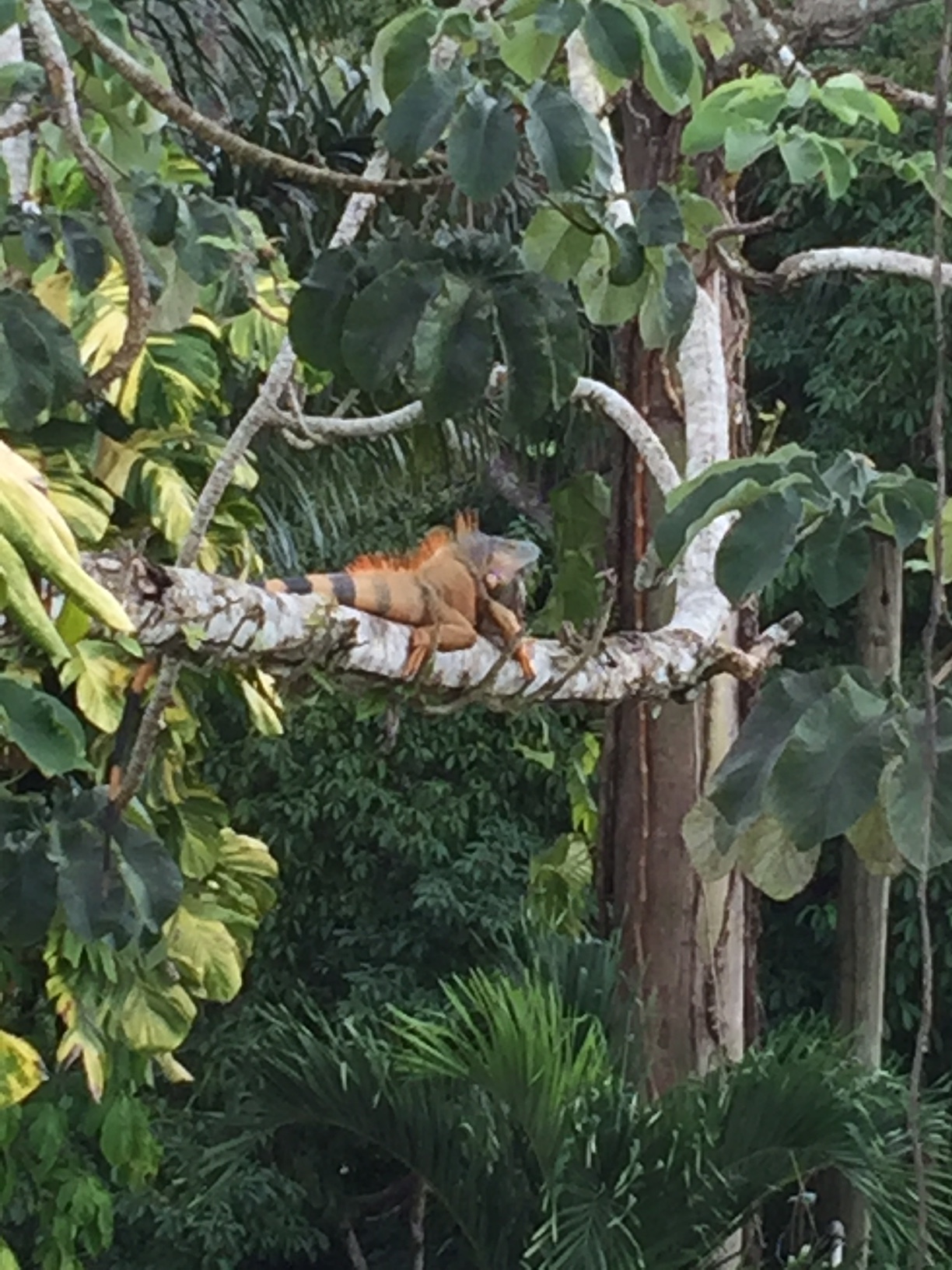Belize is located in Central America and it is bordered to the north by Mexico, to the south and west by Guatemala and to the east by the Caribbean Sea.
A Central American country, Belize is bordered by Mexico to the north, Guatemala to the west and south, and the Caribbean Sea to the East. Its variety of cultures and languages serves to make Belize quite the diverse nation. It has around 35 people per square mile, meaning it has Central America’s lowest population density.
Additionally, Belize is famed for its unique ecosystems and amazing biodiversity. The coast has a swampy plain along with mangrove swamps.
The interior and south play host to low mountains as well as hills. The lands is mostly undeveloped and populated with hardwoods.
Belize’s many wildlife reserves, jungles, variety of flora and fauna, as well as its being the site of Central America’s largest cave system – all make it a part of the biodiversity hotspot in Mesoamerica. Its diverse species include the mahogany tree, the black orchid, tapirs and toucans.
Belize—A Land of Agricultural Investment Opportunities!
Are you looking for agricultural land to invest in? The teak industry is thriving in Belize, and with economic and political stability as well as ideal climate, this is an opportunity you don’t want to miss out on.
With hardwoods, you get a solid return on investments as well as a convenient buffer against currency devaluation and inflation. With hardwoods, you get one of the steadiest and safest growth investments.
With a lot of the traditional sources of teak—such as Myanmar, Southeast Asia, and Laos—implementing bans on teak export, Latin America and Belize are in place to serve as a reliable alternative to fulfill the teak demand.
If you’re interested in agricultural investment opportunities in Belize, then we at TKO Farms, Inc. can help you. An investment in TKO Farms can be quite the rewarding experience, in more ways than one!
